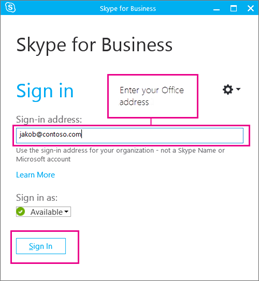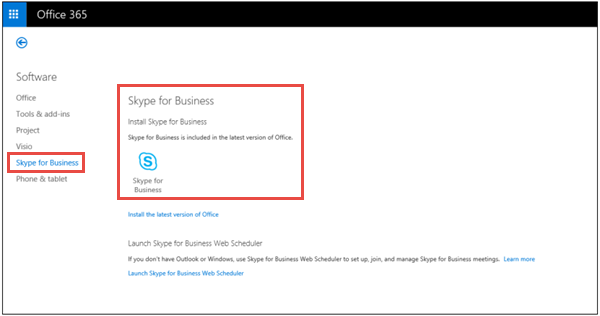
You might want to hold off a little before trying a dramatic change to your Microsoft account authentication, though: Since Monday, Microsoft has struggled with a multifactor authentication problem afflicting Office 365 logon. Fingerprint and face authentication on phones is one important step away from old-school password-only protection, but hardware keys look likely to be another. Passwords have been purloined from countless companies through data breaches, and the ones that are hardest to crack also happen to be the ones that are hardest to remember. The prospect of moving to hardware keys after decades of using just passwords may daunt you, but it's probably smart to get used to the idea now. It works with, Office 365, Skype, OneDrive, Cortana, Microsoft Edge, Xbox Live on the PC, Mixer, the Microsoft Store, Bing and the MSN portal site. Microsoft's no-password logon offers three options: the hardware key combined with Windows Hello face recognition technology or fingerprint ID the hardware key combined with a PIN code or a phone running the Microsoft Authenticator app. Initially, they worked in combination with a password for dual-factor authentication, but FIDO2 and a related browser technology called WebAuthn expands beyond that to let the company ditch the password altogether. The hardware authentication keys plug into laptop USB ports or, for phones, use Bluetooth or NFC wireless communications to help prove who you are.

New versions of Microsoft's Windows 10 operating system and Edge web browser support the technology. Microsoft is using a technology called FIDO2, which employs hardware keys for the no-password logon, the company said Tuesday.

You and 800 million other people now can use hardware authentication keys - and no password at all - to log on to Microsoft accounts used for Outlook, Office 365, OneDrive, Skype and Xbox Live.


 0 kommentar(er)
0 kommentar(er)
